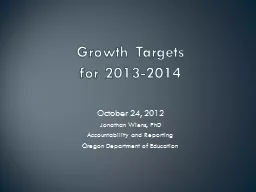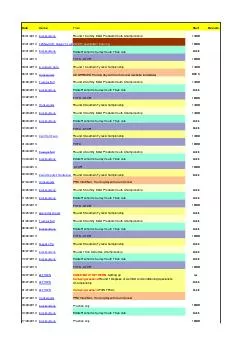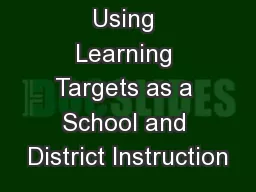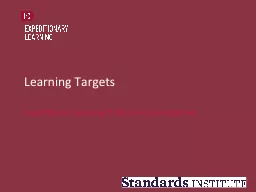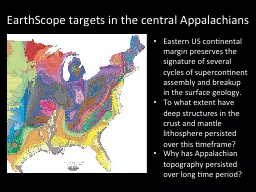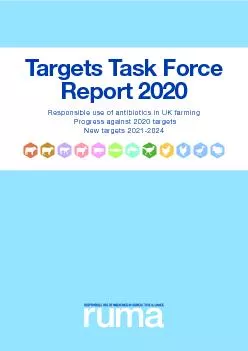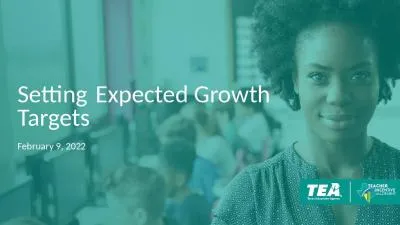PPT-Growth Targets for 2013-2014
Author : luanne-stotts | Published Date : 2018-11-04
October 24 2012 Jonathan Wiens PhD Accountability and Reporting Oregon Department of Education Growth Model Overview Oregons Growth Model Uses the Colorado Growth
Presentation Embed Code
Download Presentation
Download Presentation The PPT/PDF document "Growth Targets for 2013-2014" is the property of its rightful owner. Permission is granted to download and print the materials on this website for personal, non-commercial use only, and to display it on your personal computer provided you do not modify the materials and that you retain all copyright notices contained in the materials. By downloading content from our website, you accept the terms of this agreement.
Growth Targets for 2013-2014: Transcript
Download Rules Of Document
"Growth Targets for 2013-2014"The content belongs to its owner. You may download and print it for personal use, without modification, and keep all copyright notices. By downloading, you agree to these terms.
Related Documents

